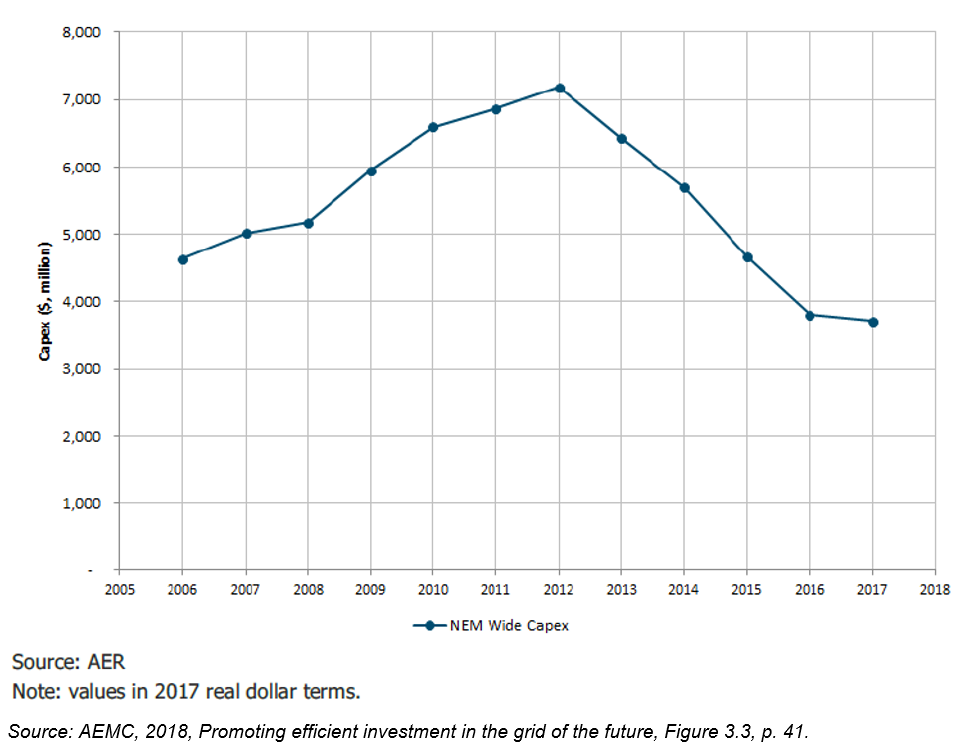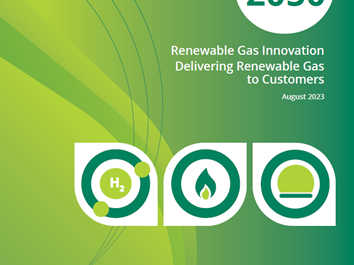Crystal Ball Regulation
Mark Twain observed that we should plan for the future, because that’s where we are going to spend the rest of our lives.
Perhaps a similar thought led the Council of Australian Government‘s Energy Council to ask the Australian Energy Market Commission to regularly take time out from its day-to-day work and talk with energy market participants about the best future shape of the energy regulatory framework.
The most recent annual review is just starting, with the Commission recently testing views on the themes, which are focusing on the evolving roles of networks and promoting a least-cost energy transition.
The review has the potential to set the pace and direction of the next wave of regulatory reform over coming years and is designed promote the best customer outcomes in the period of continuing rapid change in markets and technology ahead.
Considering alternative approaches
Energy network businesses, as organisations with a long-term focus, have already been considering some of the potential needs ahead. Energy Networks Australia suggested the 2019 review continue to focus on exploration of alternative revenue-setting models and approaches, which was a recommendation of the Energy Networks Australia-CSIRO Network Transformation Roadmap. This would build on initial work published recently by the Commission on alternative models of revenue setting. It is an area where internationally regulators, such as Ofgem and the New York Public Utilities Commission, are actively trialing and refining different approaches.
Development and testing of any alternative models, including those suggested by stakeholders, will require a lengthy period of consultation and engagement, which could occur in a staged multi-year process. The regulatory sandbox arrangements that are also part the Commission’s current review provide an obvious additional way to test and trial any alternative revenue-setting approaches on a voluntary basis, for example across a single network or a sub-set of network services.
As part of development of any alternative revenue setting arrangement, Energy Networks Australia considers there should be:
- Consumer benefit testing – Testing of alternative revenue-setting approaches (including any proposed to the review) against criteria clearly based on the National Electricity and Gas Objectives and Revenue and Pricing Principles;
- Greater ability for networks and customers to reach agreed outcomes – Greater opportunities to give effect through the regulatory framework to robust direct engagement between customers and networks on customer outcomes that are valued and how network business plans can deliver these;
- Trial and learn process – A focus on opportunities to voluntarily trial and refine new approaches, rather than a blanket application of new approaches on a single timetable or basis nationally.
Monitoring current outcomes with an eye to the future
An important second part of the review process is monitoring outcomes of the economic regulatory framework.
Falling network charges across most of Australia in recent years have in part been the result of higher productivity and lower capital expenditure. The Commission’s last review found that electricity network capital expenditure and augmentation expenditure were at decade lows (see Figure 1).
Figure 1: Reduction in CAPEX expenditure since 2013

Source: AEMC, 2018, Promoting efficient investment in the grid of the future, Figure 3.3, p. 41.
Similarly, it found networks undertaking less capital spending (on long-lived physical network assets such as poles and wires) as a proportion of operating costs than at any time over the past decade. This indicates, for example, a continued focus on ensuring more customer value is delivered from smart programs extending the life of existing assets.
Measuring twice for a better outcome
For this review, networks are encouraging the Commission to think more broadly around the sorts of measures that will best inform policy makers about issues that matter to network customers – for example, more measures around the capacity to connect and trade using the network. This will be key for those wishing to rapidly connect growing renewable energy resources. Additional potential areas for tracking could include:
- Expenditure on network monitoring and control – which can promote more effective network utilisation of existing infrastructure, which can support affordability outcomes for customers
- Impacts on customer outcomes and network investment flowing from the implementation of the 2018 Rate of Return guideline
- Longer term network financeability under different market trends, including a continuation of the currently observed trend towards greater use of operating expenditure
- How electricity distributors’ steps toward fully enabling the ongoing energy transition are assessed by the AER, including how the costs and benefits are, and should be, assessed at a customer and community level.
Tracking the right and full range measures that directly affect consumers experience with energy networks in the future, is critical first step to ensuring regulation delivers for consumers.
You can read more about the AEMC’s review of economic regulatory frameworks here.

